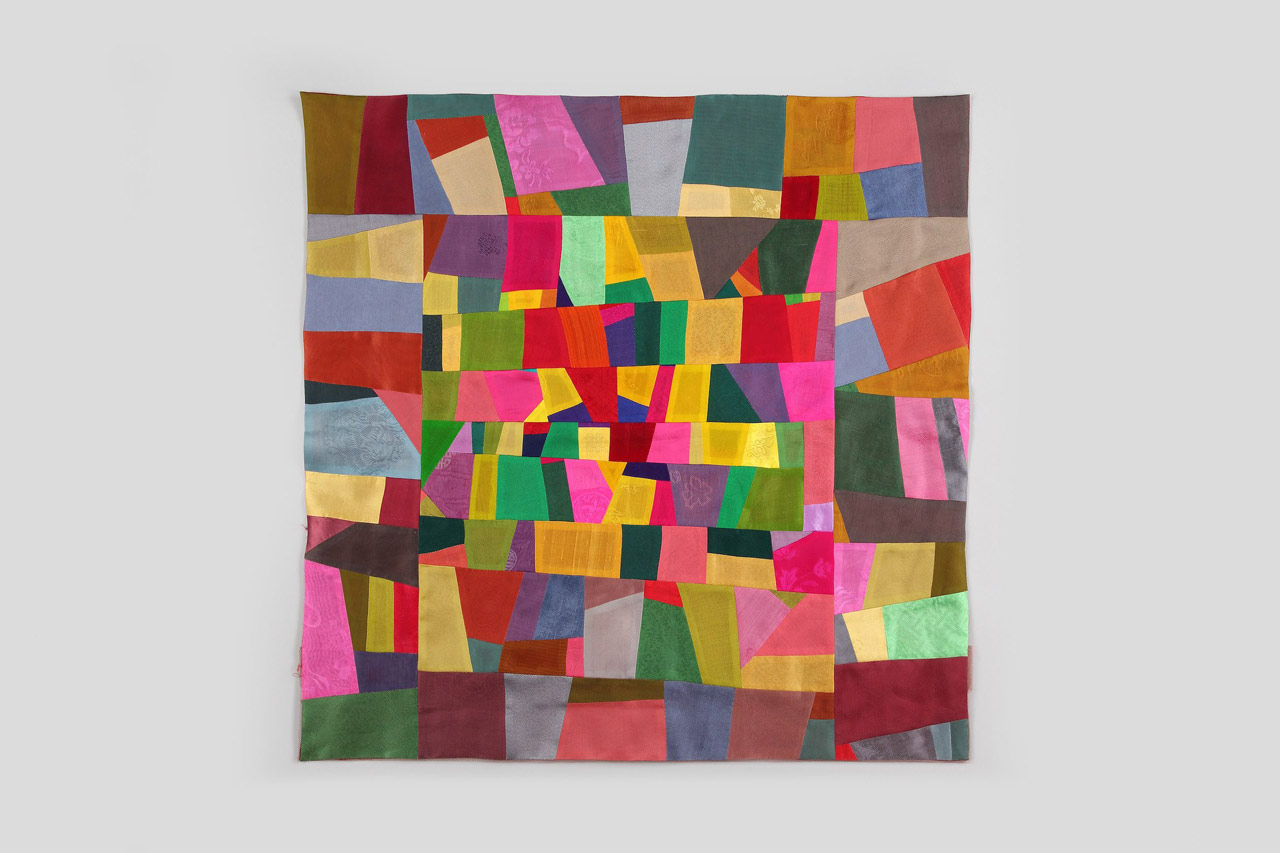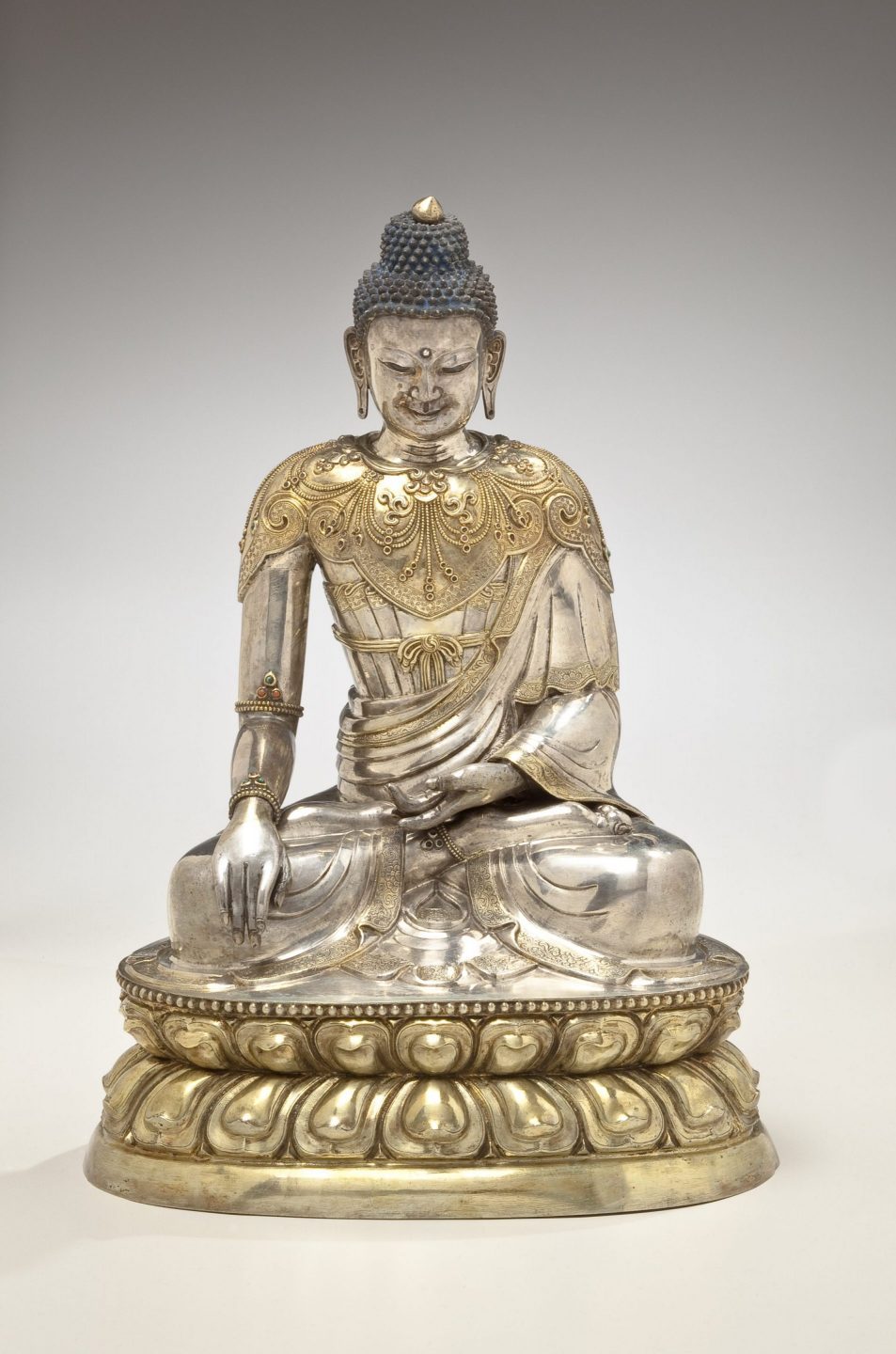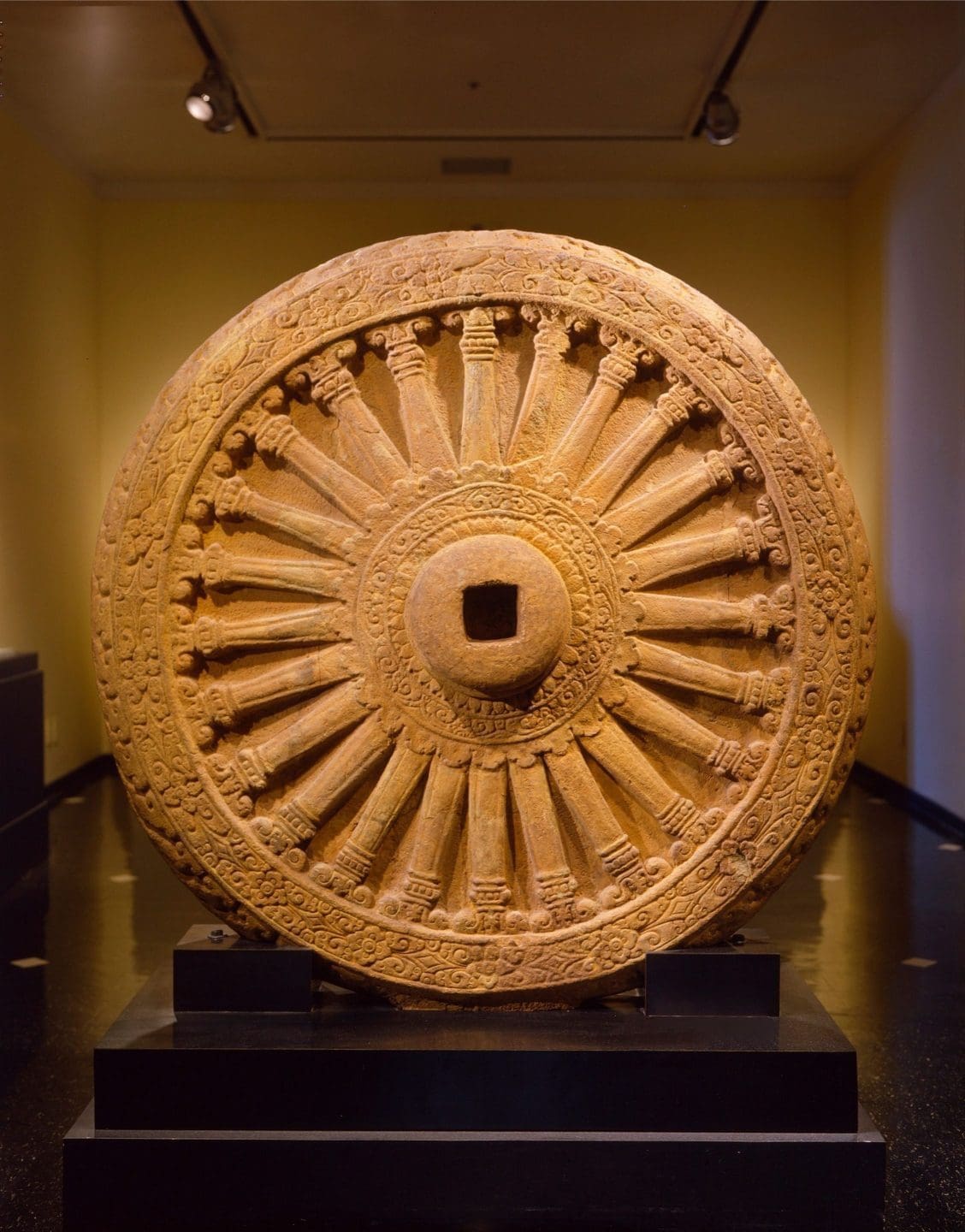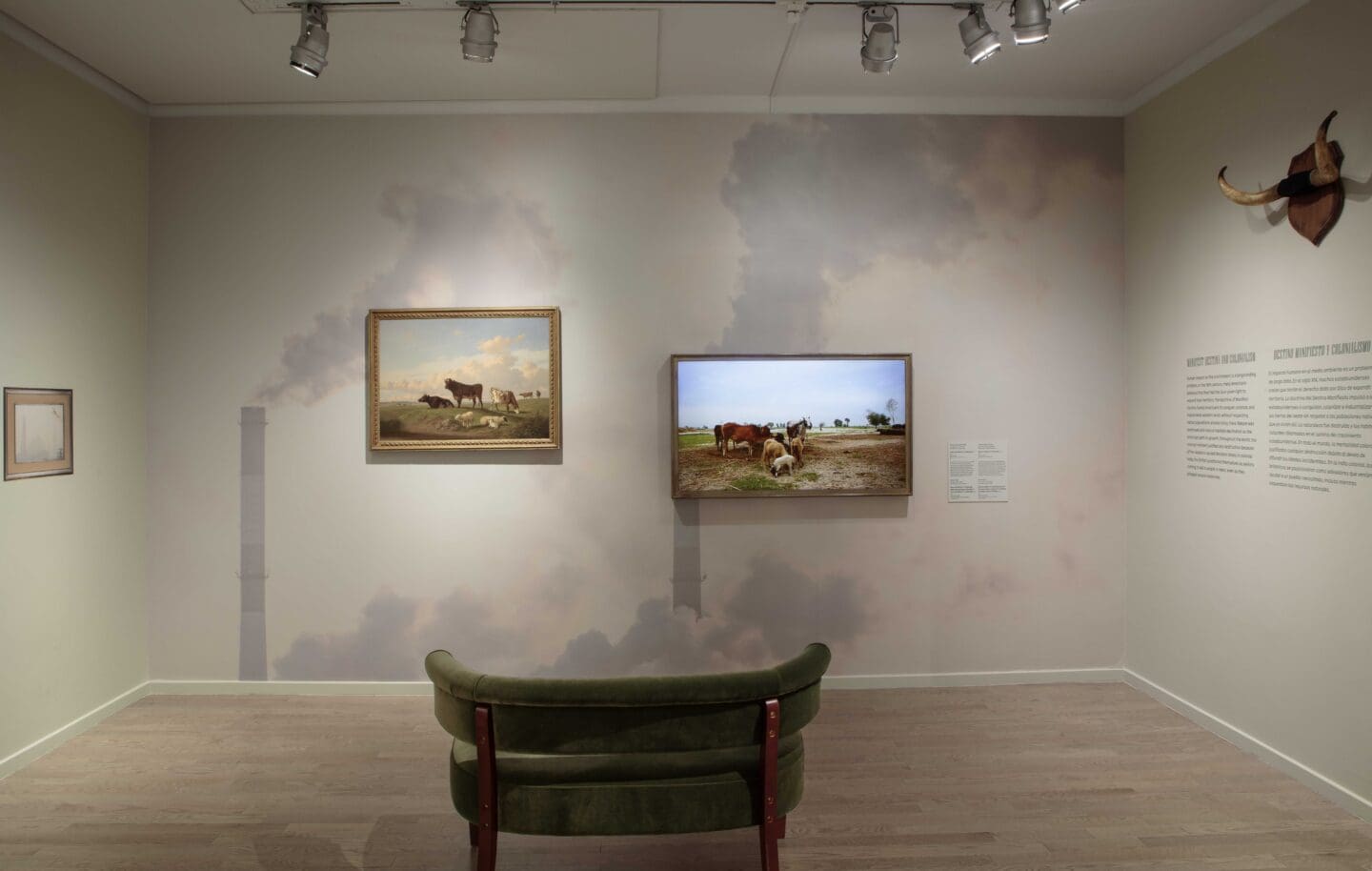Asian art has been a central focus of the Museum since its inception.
The Museum was founded with the purchase of a collection of several thousand Japanese works from Newark pharmacist George T. Rockwell. Since that time, the collection has grown to nearly 30,000 objects. The renown Tibetan collection—the largest in North America—is unique in its breadth of material. From its first exhibition in 1911 to the 1990 reconsecration of the Tibetan Buddhist altar by His Holiness the Fourteenth Dalai Lama, the Museum has led the field. The Japanese holdings—some 5,000 works—feature Edo period prints and netsuke. The Chinese collection has strengths in ceramics, textiles, and other decorative arts. Works from South Asia range from the Neolithic period to the present and include stone and metal devotional objects. The Southeast Asian collection, some 900 objects, includes ceramics, textiles, and decorative arts, a highlight being the art of the Philippines. The Korean collection numbers in the 400s and includes ceramics, costumes, and textiles.








